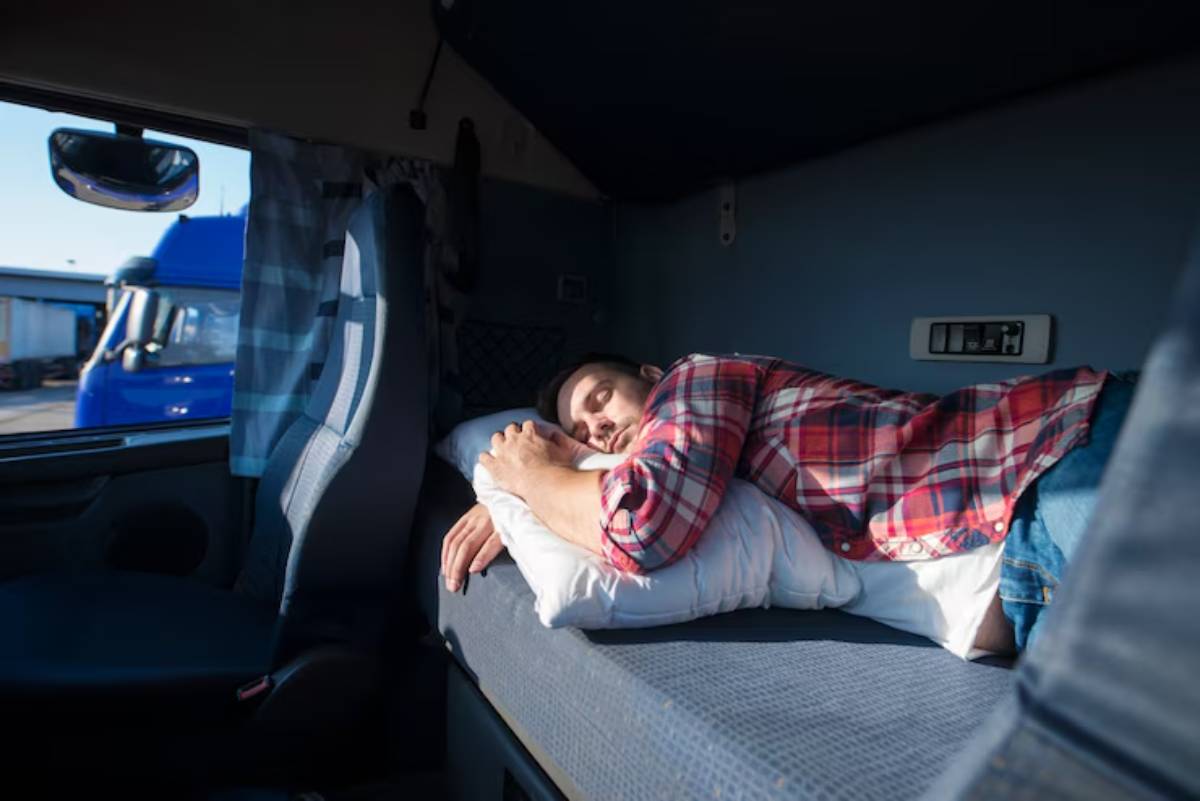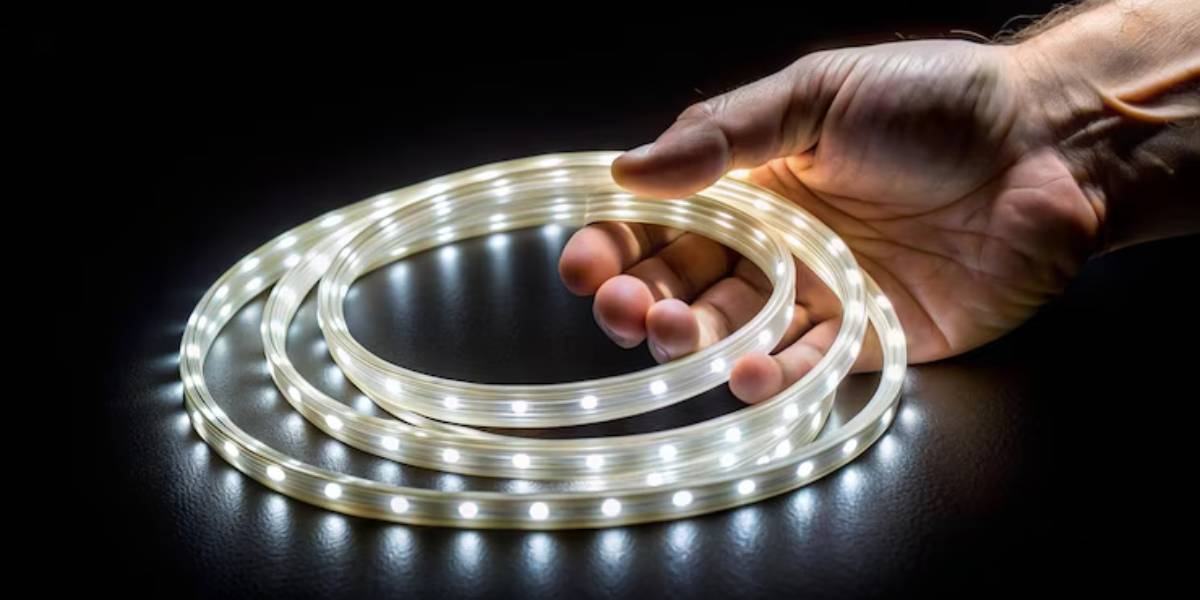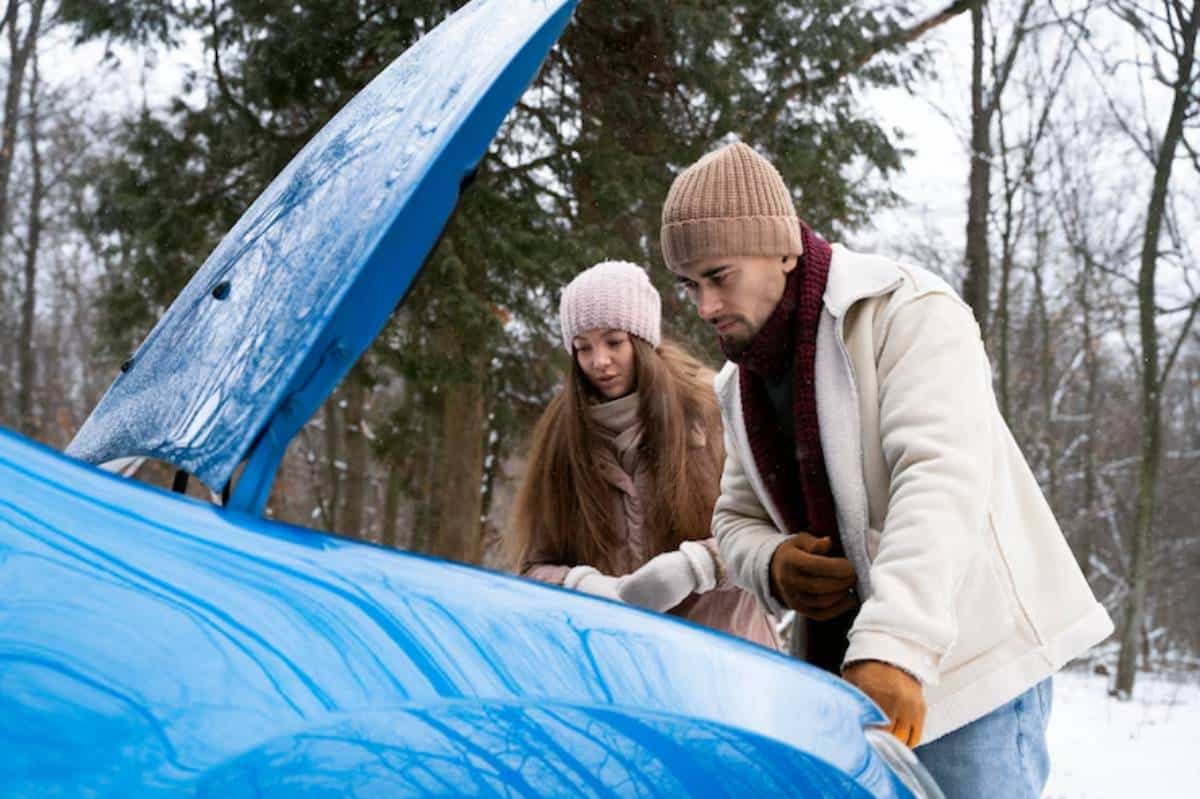
Creating a Comfortable Sleeping Setup in Your Rig
Sleeping under the stars sounds romantic—until you’re tossing and turning on a cold, uneven truck bed with condensation dripping from the roof. A great day on the trail can quickly turn into a rough night if your sleep setup isn’t dialled in. That’s where smart planning and the right overland sleeping gear come in.
Whether you’re in an SUV, ute canopy, or truck bed, your sleeping arrangement should be more than an afterthought. It should feel like a mobile bedroom: warm, dry, supportive, and simple to deploy.
In this guide, we’ll walk through practical SUV camping hacks, mattress options, insulation tips, and real-life examples that show how a bit of effort transforms sleep from a survival task into a highlight of the trip.
Why Your Sleep Setup Matters Off-Grid
A good night’s rest isn’t just about comfort—it fuels your energy, sharpens your decision-making, and prevents trail fatigue. Yet sleep is often the last part of an overland build to be properly addressed.
Poor Sleep Setup Can Lead To:
- Cold-related discomfort and restlessness
- Poor back support and stiffness
- Moisture build-up or damp bedding
- Mental fatigue and reduced trail awareness
Investing in a smart, comfortable setup helps you recover faster and enjoy the journey more fully.
Choosing Your Sleeping Platform
Your vehicle’s layout will guide your base setup, but each has strengths and compromises.

Truck Bed Sleeping
- Offers a flat, predictable surface
- Works well with platforms or drawers underneath
- Can be fitted with toppers or canopies for weatherproofing
Use wood or aluminium platforms to create gear storage underneath and a flat surface above.
SUV or Wagon Sleeping
- Quieter and more secure from wind and rain
- Offers internal climate control if sleeping inside
- Requires folding down seats and levelling gaps
Cut a custom foam base to level the back seat area and rear boot for full-length support.
If you’re unsure which approach suits you, check out our guide on spare tyre setup for long-distance off-roading to learn how interior vs exterior gear storage can impact sleeping space.
Overland Sleeping Gear Essentials
Here’s what turns your vehicle into a comfy mobile bedroom.
1. Sleeping Pad or Mattress
- Inflatable camping mattresses offer packability and comfort
- Foam toppers provide insulation and reliable support
- Consider custom-cut memory foam for luxury builds
2. Sleeping Bag or Quilt
- Rated to below the coldest night temperature you expect
- Rectangular bags or down quilts offer more room to move
3. Insulation Layer
- Reflectix or EVA foam under the mattress blocks cold from metal surfaces
- Roof and window insulation help regulate interior temps
4. Pillow and Linen Setup
- Compact, compressible pillows offer support
- Use flannel or brushed cotton covers for warmth
Keeping gear modular makes setup and packdown quick.
Climate and Condensation Control
Temperature swings and internal condensation are common complaints.
How to Stay Warm:
- Use a thermal liner inside your sleeping bag
- Wear dry thermal layers, not thick pyjamas
- Pre-warm bedding with a hot water bottle or heater
Prevent Condensation:
- Crack a window or vent for airflow
- Use moisture-wicking bedding
- Install an awning room or annexe for wet gear storage
Dry sleep gear = warm sleep gear. Keep wet clothes out of the sleep zone.
Lighting, Privacy, and Storage Hacks
Sleep quality also depends on your environment—soft light, privacy, and uncluttered space make a difference.

Lighting:
- Battery-powered LED strips or puck lights with dimmers
- Headlamps with red light for night use
Privacy:
- Reflective window covers (also block heat and cold)
- Magnetic curtain rods with blackout fabric
- Roof shades or canopy side walls
Storage:
- Overhead nets or bungee grids for light gear
- Seat organisers for books, torches, or water bottles
Create a routine: set up before dark, and keep your essentials within reach.
Real-Life Sleep Setups That Work
A couple travelling full-time in a Land Cruiser 76 cut a full-size memory foam mattress to fit between the drawer wings. It stays made up 24/7 and lifts on gas struts to access storage.
Another solo traveller in a Forester layered Reflectix, EVA foam, and a budget air mattress. With blackout curtains and quiet LED lights, it became a quiet, hotel-like retreat.
The lesson? Comfort isn’t about gear cost—it’s about planning, layering, and tailoring the space to your body and habits.
Integrating Sleep into Your Trail Routine
Comfort builds consistency. Make your sleep zone something you look forward to using.
- Set up camp 30–60 minutes before sundown
- Keep bedding rolled or zipped when not in use to avoid dust
- Clean out sleeping gear weekly, especially if storing food inside the rig
- Use a simple checklist so nothing gets forgotten
If you’re pairing your sleep system with mobile kitchen gear, read our full guide on must-have cooking gear for overland trips to keep comfort and convenience running in sync.
Conclusion: Sleep Well, Travel Better
A comfortable sleep setup isn’t a luxury—it’s a game-changer. With the right overland sleeping gear, smart layering, and a few well-placed hacks, your 4×4 transforms into a restful haven.
From truck bed sleeping platforms to creative SUV camping hacks, the goal is the same maximise comfort, minimise hassle, and wake up ready to explore.
So take the time to refine your space. After all, great days on the trail begin with restful nights under the stars.


